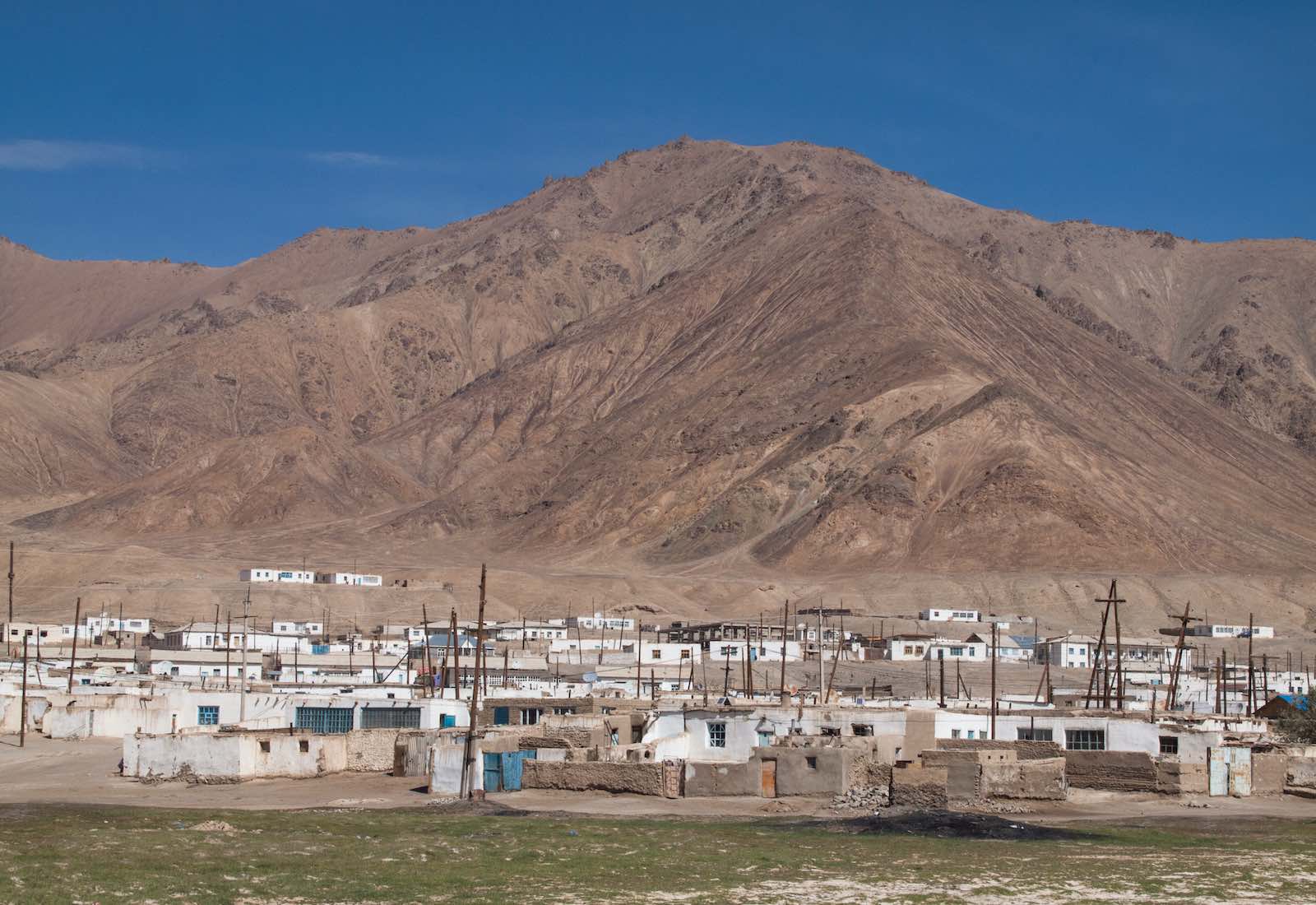By Sim Tack
China's intensified development of military infrastructure on the Indian border suggests a shift in Beijing's approach to territorial disputes, forcing New Delhi to rethink its national security posture. China is expanding and upgrading a large number of military facilities along its entire border with India as tensions continue to run high in the wake of the bloody clash between Indian and Chinese forces in June, followed by the reported exchange of gunfire in late August. New Delhi has struggled to come to terms with these recent escalations, but the new strategic reality created by Beijing's permanent infrastructure drive will nonetheless force New Delhi to shape its future defense posture around long-term outlooks of China's growing capabilities in its border regions.













